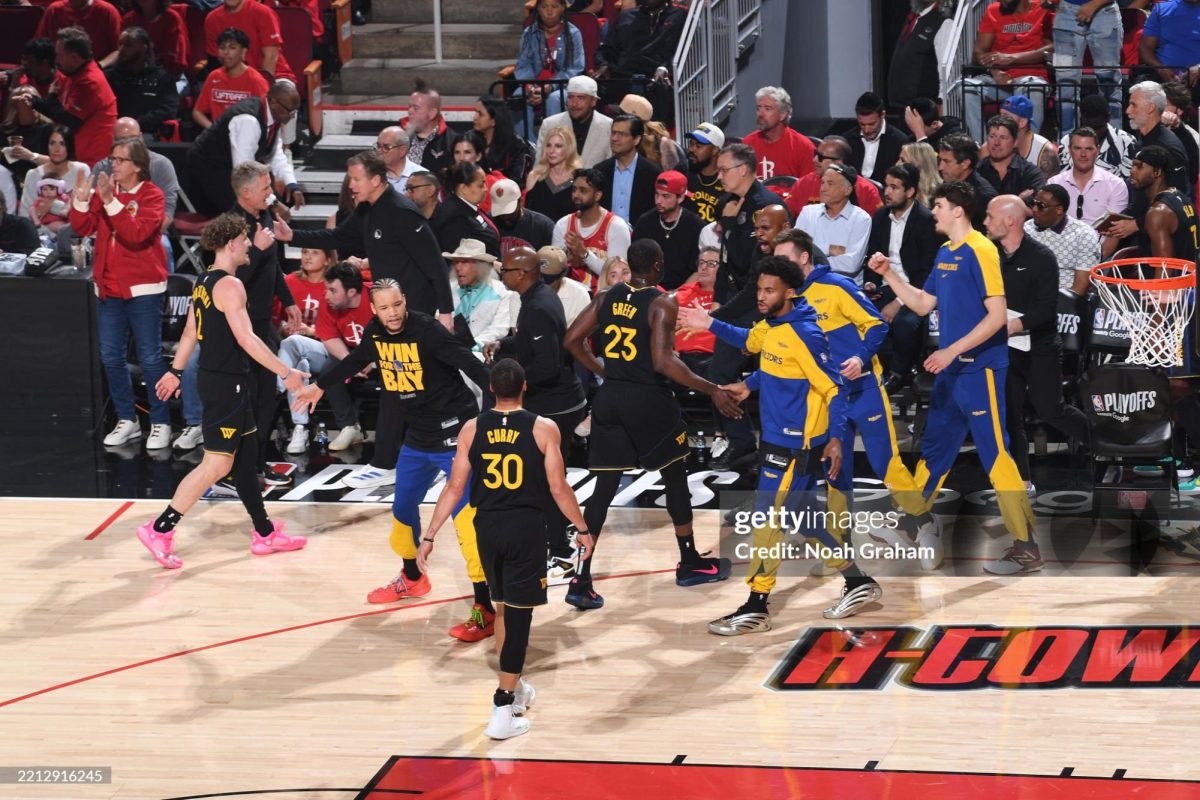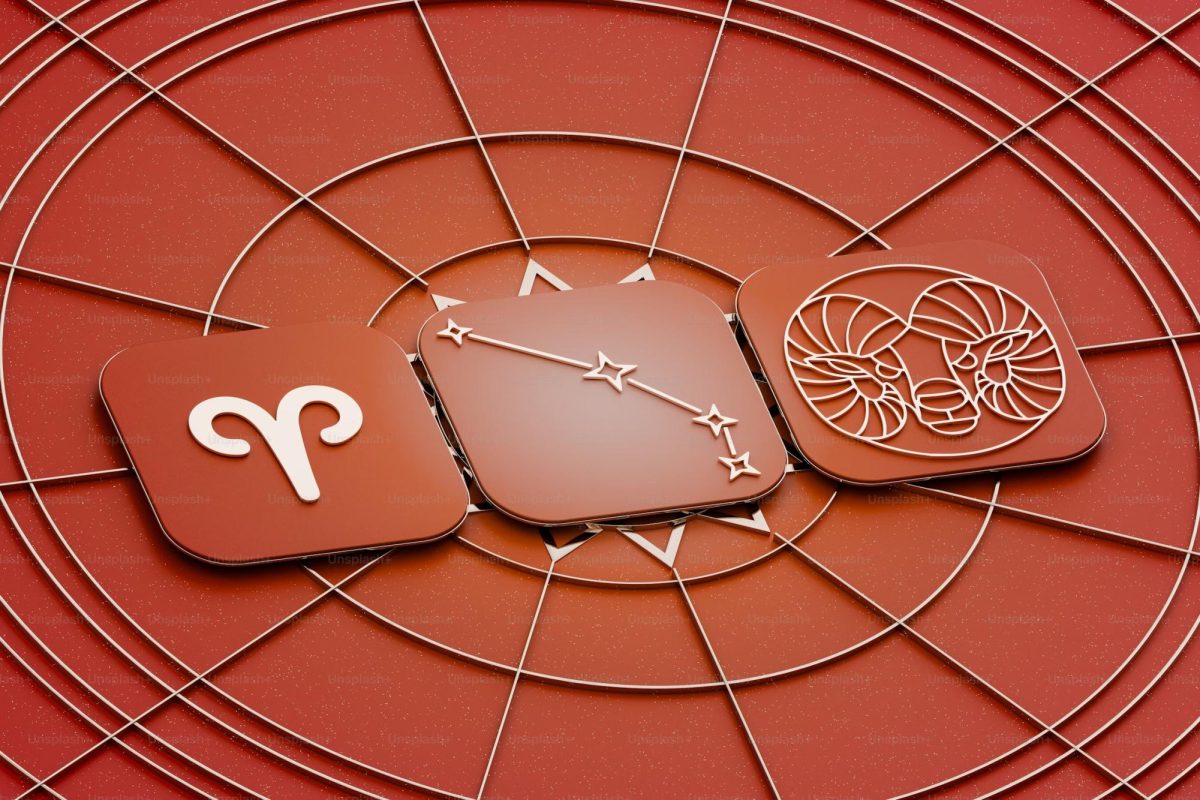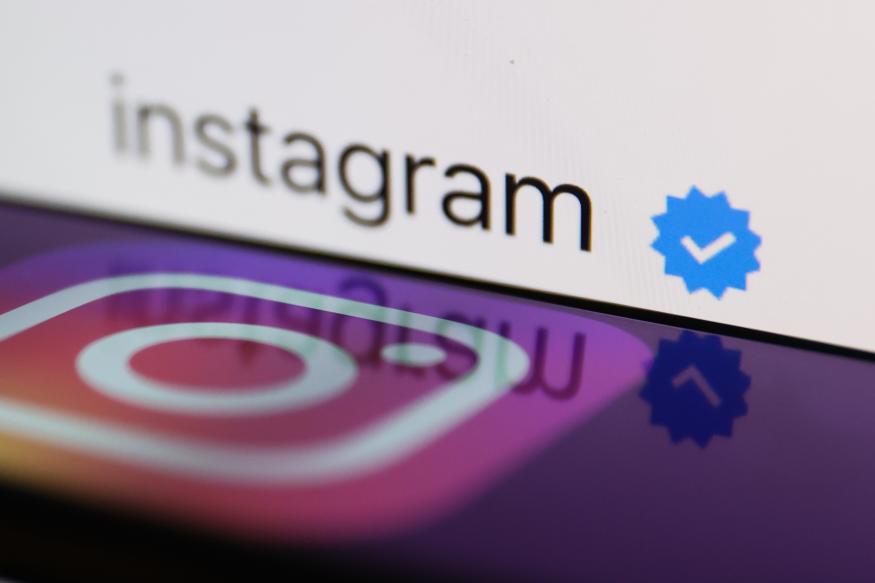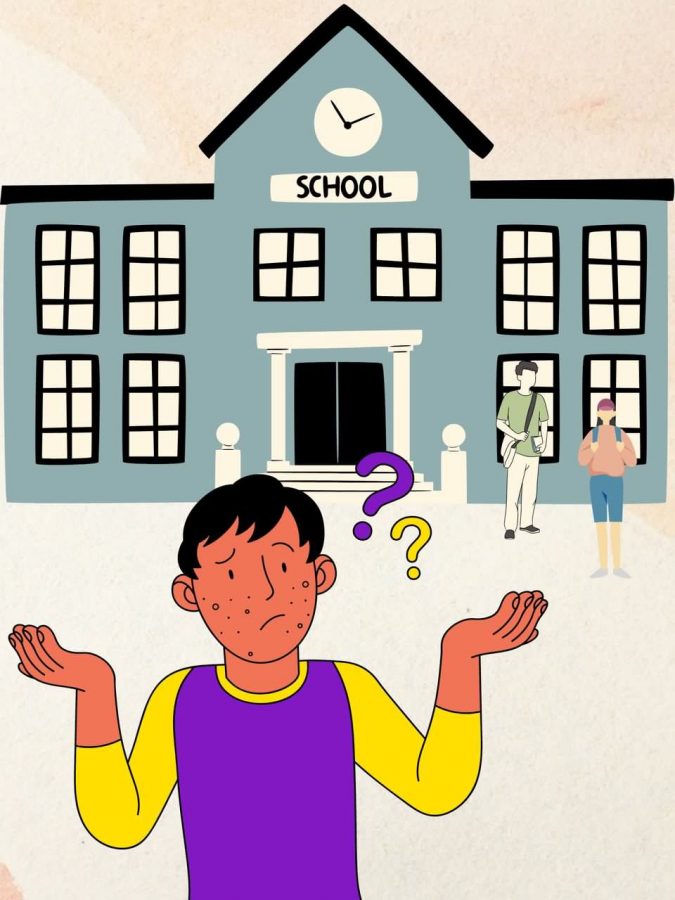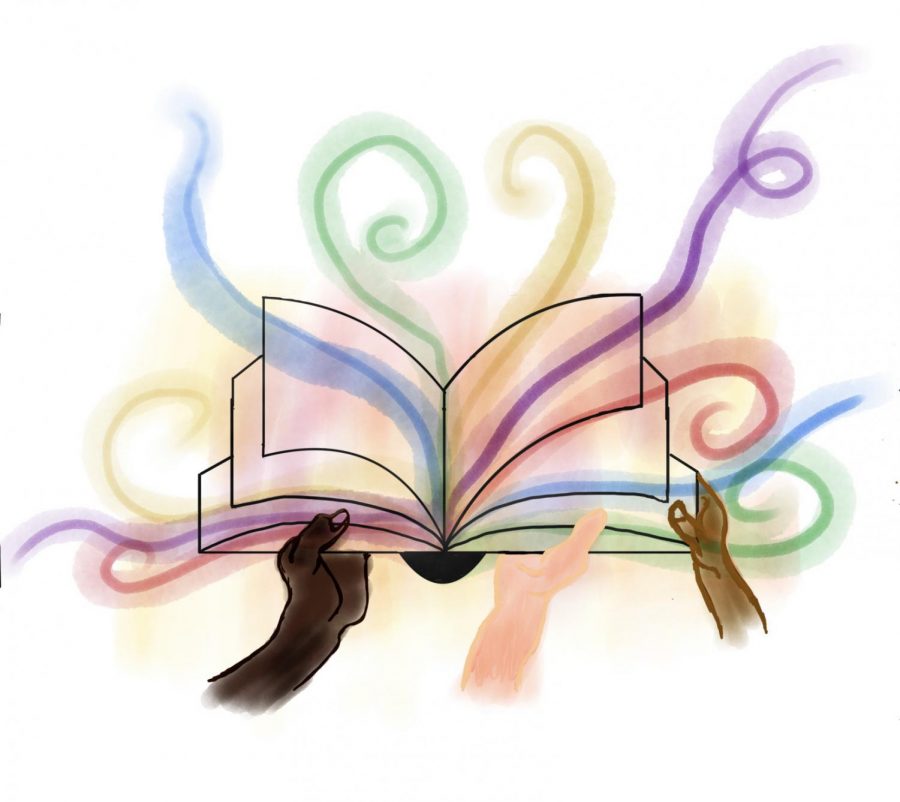
Courtesy of thisnext.com
Video game violence has been painted in a bad light.
It has fueled even politicians in the United States, and other countries, to try to ban violent games all together. Officials fear violence in games lead to: poor grades with students, obesity, poor mental function or health, and higher crime rates. But can any of this be different from reading a violent book or watching a violent movie?
Actually stepping into the role of the characters has been seen as more of a stress release than a mind altering drug.
“[A] teen can try out different identities –how it feels to be a hero, a trickster, a feared or scorned killer, or someone of a different age or sex– in the safe fantasy world of a video game,” said Cheryl Olsen, co-founder of the Harvard Medical School for Mental Health and Media, to a New York Times journalist.
In this way, games are a stress release just like shooting at the range or punching and kicking out aggressions on a punching bag.
How about using violent games as a teaching tool? The Telegraph, a British web-page, had an article stating that games such as Doom 3 and Half-Life 2 helped soldiers in training to be more alert after playing them. The games help with dexterity and life-threatening scenarios, such as when backed into a corner or how to escape a burning building.
Also, a reader tell section of Game Informer magazine told of a young gamer diving into the world of a violent war game and eventually seeing the bloody direction of how to make a tourniquet. Only weeks later, his mother acquired a life-threatening gash, potentially ending her life. But with his new-found skills and quick thinking, the young player made a tourniquet, saving her life instead.
On the other hand, there are many still against the violence. Jack Thompson, an attorney and a leading figure in the fight against violent video games compared video game violence to drugs
“[…] cocaine is a popular ’past time,’ too,” Thompson said to CBS News. “That doesn’t make its consumption, certainly by kids, something we ought to look away from. I don’t gauge what I do based upon polls, and certainly not polls of gamers. I couldn’t care less what some 14-year-old thinks is good or not good for him. I listen to scientists, health care providers, public safety officials, and I base what I do based upon their findings, not what some readers of Game Informer magazine wish was true because of how they waste their time.”
“It is hard to argue that games such as Manhunt 2 (where you stalk and brutally slay victims) are good for kids,” said Jeremy Adam Smith, writer for the Greater Good magazine. “And yet according to the market-research organization NPD Group, only 16 percent of games sold in 2007 shared Manhunt 2’s ‘M’ (‘Mature’) rating for violent or sexual content, while 57 percent of games sold were rated non-violent and safe for children.”
With that being said, can’t it be to the discretion of the person buying the game to say no to its purchase? Parents are not required to buy these games and are more than capable of telling a child they cannot play.
It is difficult to be objective, but when people put stock into theories that gamers are easily influenced, you would have to look at entertainment as a whole. We should evaluate everything we know as acceptable in media.

